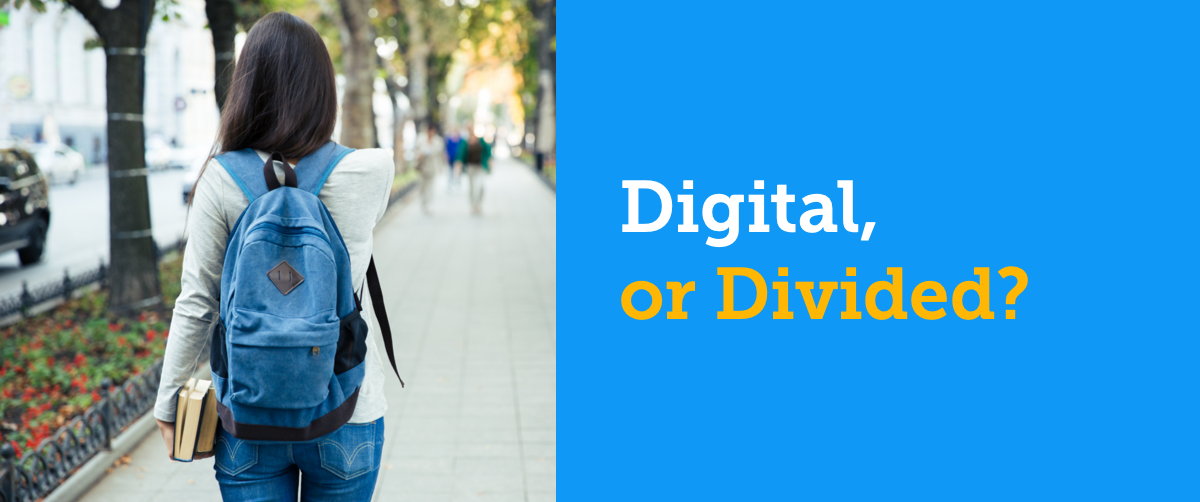
Myths vs. Facts
Decide for yourself.
“Inclusive Access” is a fee-based model for automatic textbook billing that is being promoted to colleges and universities. Since many myths have emerged, this collection of articles explores the facts.
Inclusive Access content may appear discounted, but not always by much, and prices can rise.
Inclusive access can provide first-day access to content, but it constrains students’ choices as consumers.
Students can opt out of Inclusive Access, but doing so can block them from required coursework.
No matter what the price of Inclusive Access content is, it is still unaffordable for some students.
Students never own Inclusive Access content—they usually rent it, sometimes for a higher price than a print rental.
Inclusive access can limit faculty’s freedom to choose materials that meet their students’ needs.
Inclusive Access content can capture vast amounts of data on students and faculty.
Broadband access and digital devices are a hidden cost of Inclusive Access, which can widen the digital divide.
Peer-reviewed research found that Inclusive Access did not improve academic outcomes.









